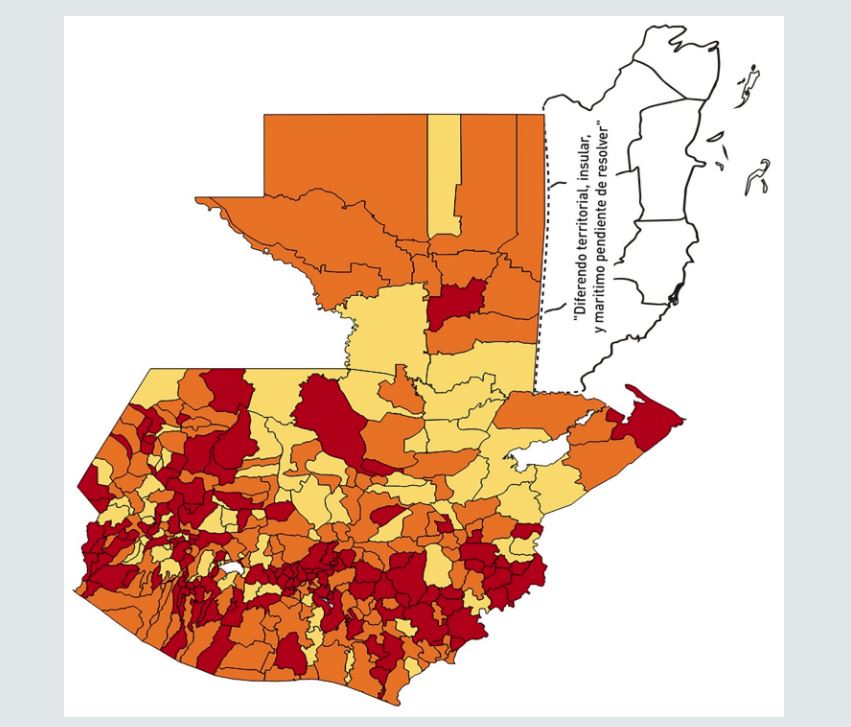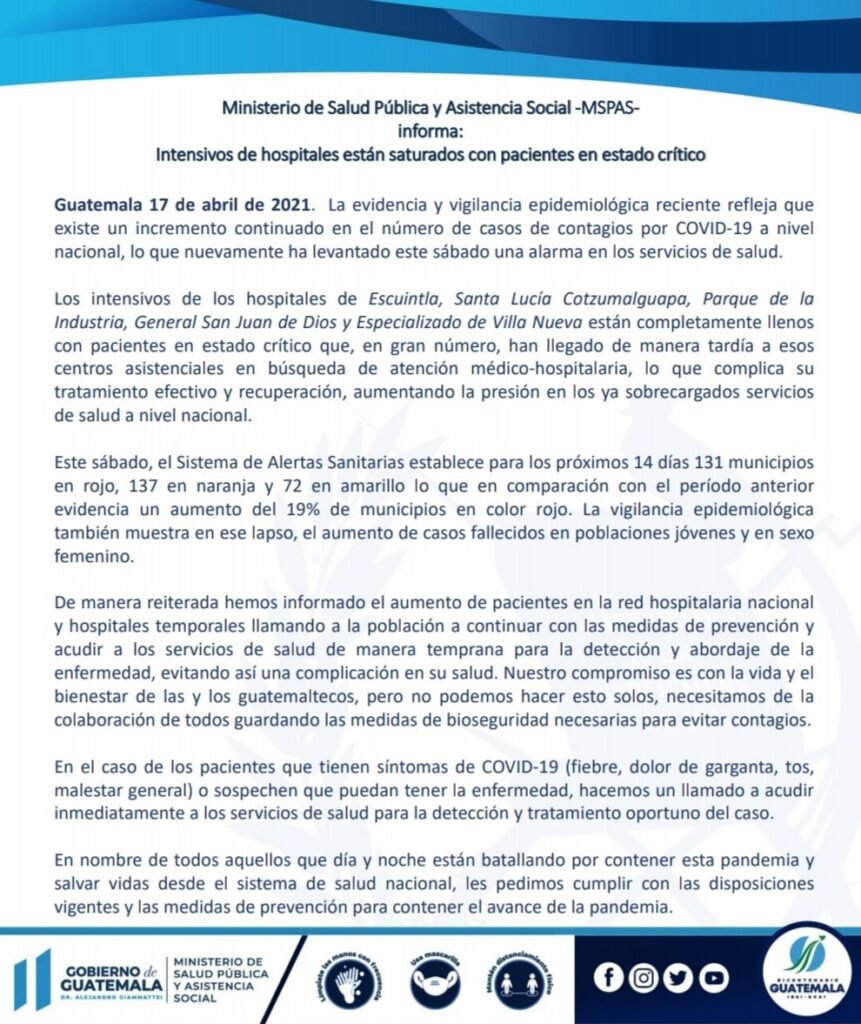En recorridos de prevención ciudadana agentes de la Policía Nacional Civil de San Andrés, Petén, solicita su identificación Douglas Vimael Méndez Torres, de 26 años, para sorpresa que tiene orden con fines de extradición y es requerido por una corte del estado de Foergia de los Estados Unidos por violación y otros cargos, inmediatamente fue trasladado y consignado al juzgado de turno del lugar.

Méndez Reyes, fue detenido en un operativo policial, que desde el 21 de febrero del 2021, ya tenía orden de aprehensión emitida por el Juez Presidente Tribunal de Sentencia Penal, lo que facilitó el arresto quien es reclamado por la justicia Norteamericana por los cargos de asalto sexual agravado a un menor, asalto sexual de un menor en violación y privación ilegítima de libertad en violación.
De una vez fue trasladado a la ciudad capital para los trámite legales para su extradición hacía a los Estados unidos.









